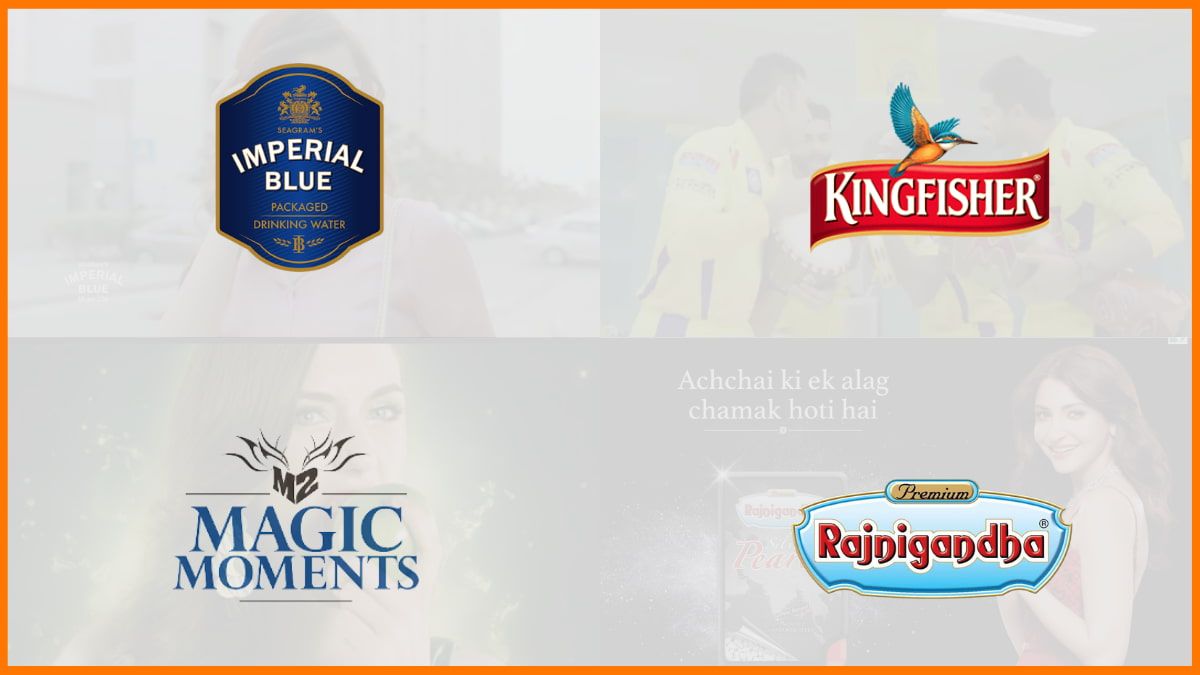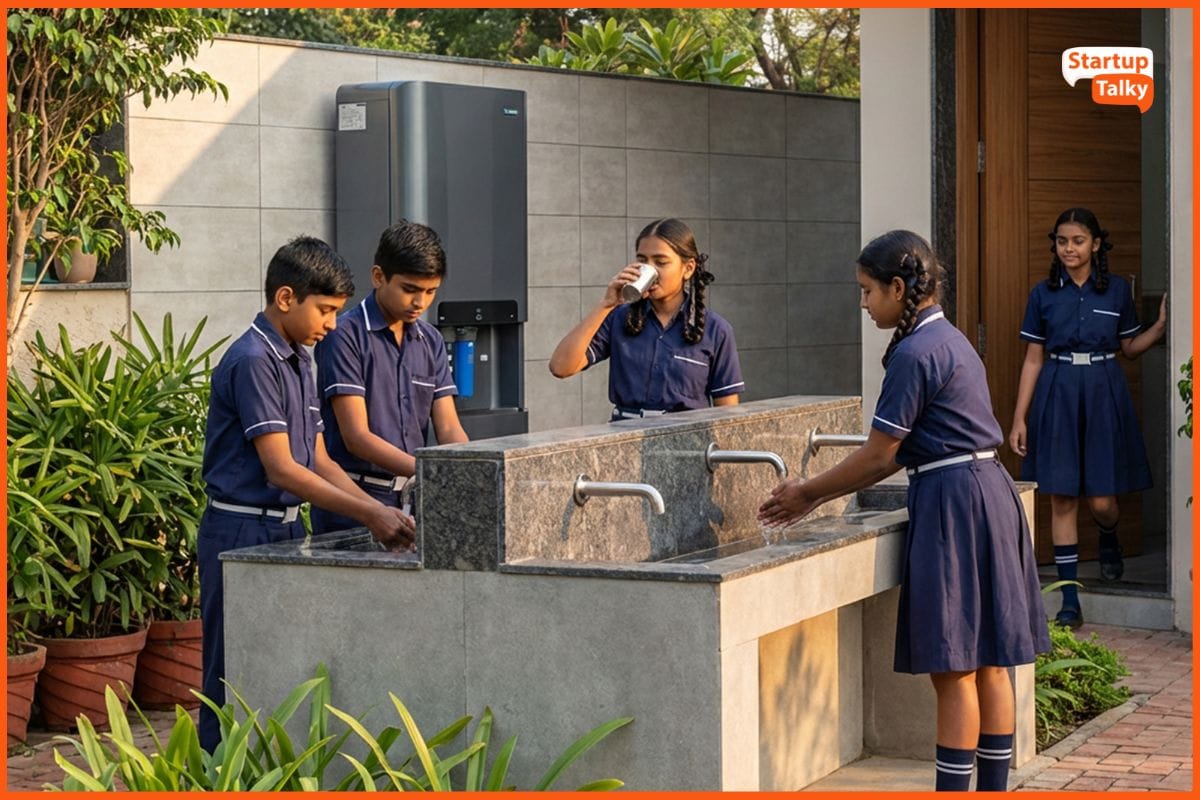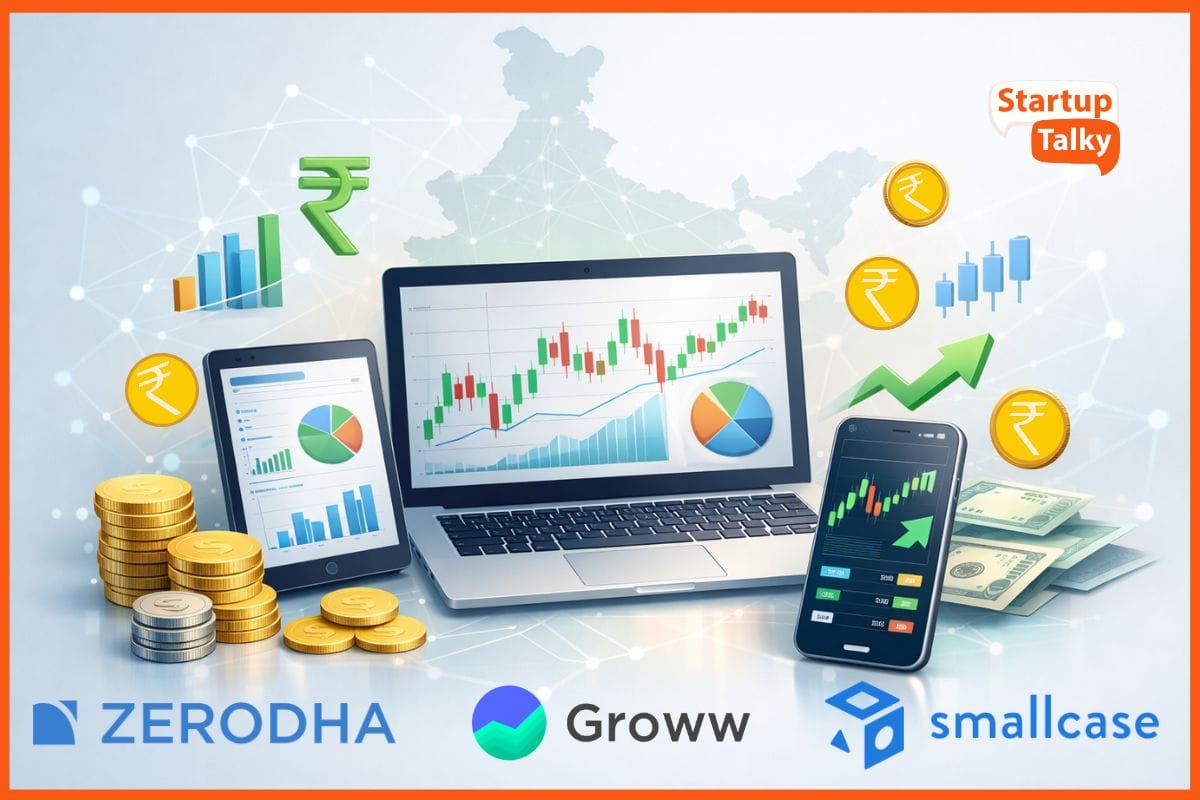Top 10 Creative Ways of In-App Advertising to Grow User Base
📖 Learning
Let’s not bore our app users, people. Let’s give them the ads they deserve.
There’s an app for everything, and they are all rivalling on the way to becoming the ones with the best customer experience. So, what is stopping them? In-app advertising. Google ads can get boring and hamper your customer's experience. So, why do apps still need them? They need them to make revenue.
Another use is that other apps might need in-app advertising to promote themselves. You would find banner ads and pop-up ads coming on your screens when you least expect them, and this much we can assume that you don’t like it.
So, as app developers, it’s unnatural to think our users would like it. As per a report by InMobi, 70% of surveyed Indian app users say they feel highly repulsed by the experience of intrusive ads popping up in the middle of reading, and playing, and would consider installing if the problem persists.
What this means is that apps have to figure out ways to advertise better. Advertising is only successful when it maximizes sales and minimises unwanted intrusions.
Here’s a look at some ways apps can get creative at in-app advertising:
Get Creative
Make the Advertisement an Organic Part of Your App
Time Your Ads Correctly
Create Utility Driven Ads
Create Immersive Ads
Use Geotagging
Advertising Video on Demand (AVOD)
Make them Play
Skin ads
Make Use of Creative Filters
Get Creative
Inshorts is a popular Indian app with the goal of making news simple and easy to understand in a limited set of characters. Not just a great concept for an app, their recent ad campaign has also been a breath of fresh air.
As a user passes between two news cards, one receives a call from a celebrity. So, you would see Aamir Khan calling you and upon picking up that call you would instantly be greeted by the actor who would then lead you into the phone conversation towards an advertisement of his brand, for example, AU Bank. Jio too tried it out recently with Amitabh Bachchan.
Make the Advertisement an Organic Part of Your App
Tinder has always been ahead of its time. From the very concept of matchmaking, Tinder has been a pioneer at whatever it does, even looking at some of the best ad campaigns that have been done much before anyone else was trying to make personalised ad campaigns.
The famous dating app made use of integrated advertisements in collaboration with brands. These brands would be shown as normal cards to swipe. If a user liked the profile, much like any other profile, they would be directed to a match and inbox with sales offers from the brand and the likes of Zomato and Starbucks had this feature.
What makes this campaign interesting is the copy and the content used in the messaging of these advertisements, which would actually make it sound like you're talking to a person you have just matched with on a dating app. “Hey, you look delicious! We are not so bad too”, says Zomato’s profile when you match on Tinder.
Time Your Ads Correctly
It’s not the ad, but, its timing that could sometimes annoy the user too. For instance, if you were looking to book a ticket and you were suddenly bombed by a full-page display ad of the same movie, it won’t just be redundant, it would also elongate the process.
Now, on the contrary, cab brands like Uber and Ola can make use of the timing their work allows. For instance, when a user has booked their cab and they are waiting for it, these cab rental apps could show their users and reward them accordingly for watching the ads.
While the “watch the video ad” template has become a staple for many apps, the problem is they wouldn’t let a user make use of the service until they watch the ad. If Ola or Uber were to do this during the wait time, it would not be intrusive and since most people are idle during their waiting times, this could lead to higher watch times and better ad response.
Create Utility Driven Ads
Snickers, a famous chocolate brand, probably needs no introduction, but it sure knew it needed a kick ads ad. This is perhaps why it collaborated with Spotify, a popular music streaming app, to create an impact. The ad wasn’t even an ad, for the most part, that’s the genius.
When users would listen to a song that was out of their typical choice of niche, Spotify would flash a pop-up “You are not you when you are hungry, and neither is your music taste. Stop being so forgetful! Grab snickers and get back to the tracks you love”.
Create Immersive Ads
Another number for Inshorts on this list. While we are recommending a few ideas to many apps, Inshorts is truly out there delivering out-of-the-box ideas for the marketing world at large.
This is perhaps why recently Mahindra & Mahindra and Tata Motors, two of the noticeable leading automobile players in the Indian subcontinent, recently partnered with Inshorts to introduce the launch of their new car in a rather customized template.
Inshorts put a piece of news out on Tata Motors launching a new Kaziranga Edition of flagship cars. These cars take inspiration from the Kaziranga national park in Assam, and so rightfully this news card was designed a bit differently from the rest of the cards. This one had lush green canopies and a rhinoceros running toward the user. Truly making the ad an experience!

Use Geotagging
Instead of apps putting up random ads to fill up the blank space, they could narrow down the demographics and make advertising smarter. For instance, when you are watching a YouTube ad, you might sometimes get advertisements in foreign languages that you don’t understand. This is a clear targeting failure.
On the contrary, what brands could do is make ads hyper-local. This would invite smaller and more local players to the arena. Zomato could use this as part of an active strategy where landmarks that advertise with them get a higher rank on the listing and are placed right at the top. This could include restaurants, cafes, pizzerias, patisseries, etc. However, this doesn’t have to stay limited to hotel listings.
They could use this feature to also put out advertisements for other local businesses. The advantages of geotagging include giving users more relevant listings, which they are more likely to act upon.

Advertising Video on Demand (AVOD)
Amazon Prime Video is into videos anyway, so it makes sense for them to offer video production to their advertisers as well. This is a plan in the making as of April 2022. Advertising Video on Demand (AVOD) would allow advertisers full access to video production, marketing, and reach commensurate with the giant Amazon Prime Videos. While details on this campaign are yet to be out, we do see it becoming a format other OTT biggies pick up on too.
Make them Play
If before you clicked on install, you could actually get a trailer into what you were signing up for, wouldn’t that make the case more convincing! Let us illustrate. Scrabble, the word game, decided to offer Paris free Wi-fi. There was only one condition, the French Capital had to play some games. They had to scan a QR code and play the game to get access to the internet.
Now, the result of this campaign was 1,10,000 minutes of free internet access, but more importantly for Scrabble, it led to a 20% hike in their downloads in the first month!
Skin ads
What do you do if your app offers no annoying ads and it’s a free source app, which means there is no revenue coming in from subscribers or users? This was the case with WeTransfer. You can use WeTranfer to send hefty files that your mail or social media won’t allow passing without cutting it down.
WeTranfer solved that problem for free, and though the paid models are still an option, the brand found that the majority of users only rely on the free version. So, they took to using their home page as an ad. They understood they had a great footfall on their app, and this meant their home page itself could become an ad. So, any brand looking to use its organic reach could use its home page. Smart!

Make Use of Creative Filters
Snapchat is full of filters and they would dedicate their creative team to giving you the filter of your dreams. For brands that are looking to make a branding impact, Snapchat offers lenses.

Users can use these lenses much like any other filter and go about creating pics that also contain the brand’s logo and sometimes, a code to scan to download the app. Taco Bell has used it, and so has Gatorade. A brilliant way to remind you are cool while also not pitching your products actively.
Conclusion
There are countless ways to make an ad stand out. As the digital world expands, we realize the sky is the limit. Creativity and in-app advertising too can blend.
We see the potential for gamification and geo-tagging to make a big splash in advertising. More and more apps have begun contemplating how to make ads more conversion-friendly.
If you have an idea that brands need to get on, let us know in the comments below.
FAQs
How does advertising on an app work?
Advertisers pay app developers to display their ads on their apps.
What are the creative methods used in in-app advertising?
The use of creative filters, geotagging, and creating immersive ads are some of the creative ways to advertise on an app.
How much does it cost to advertise on a mobile app?
Advertising on an app can cost you around $5 to $10 CPM (cost per mille) that's the reason app advertising is considered slightly expensive compared to other advertising formats.
Must have tools for startups - Recommended by StartupTalky
- Convert Visitors into Leads- SeizeLead
- Website Builder SquareSpace
- Manage your business Smoothly Google Business Suite





